Cowbirds are a pesky species known for being brood parasites or laying eggs in other birds’ nests. In fact, they have been documented to dominate the nests of over 200 species of birds. As such, they are a large contributor to the decline of songbird populations—this makes getting rid of them important.
So, how to get rid of cowbirds? Clean your property by removing vegetation that the birds may use as nests, utilize visual or auditory scare tactics, and install feeders that can exclude cowbirds but keep other birds well-fed.
If you want to know more about cowbirds, how to properly identify them, why they are such a nuisance and ways to get rid of them in various settings, simply further read this article!
About Brown-headed Cowbirds
Found across the United States, the Brown-headed cowbird (Molothrus ater) is a small, stocky-bodied blackbird that are diurnal, migratory, social (but tends to be solitary in early daytime), and territorial.
The following are more interesting facts about brown-headed cowbirds:
Appearance
Cowbirds are a relatively small species of blackbirds with thicker heads and shorter tails. They range from 16 to 22 centimeters in length, 38 to 50 grams in weight, and 32 to 38 centimeters in wingspan.
Adult males have an overall shiny black plumage and dark brown head while adult females are plain brown in color with no gloss, lighter-colored heads and underparts, and a finely-streaked belly.
Habitat
These birds occupy a wide variety of habitats, including thickets, forest edges, fields, riparian zones, prairies, cattail marshes, orchids, pastures, grasslands, agricultural fields, and suburban areas.
In the mornings, they are spotted along closed, forest edges and in the afternoon, they can be seen foraging in open spaces.
Feeding Behavior
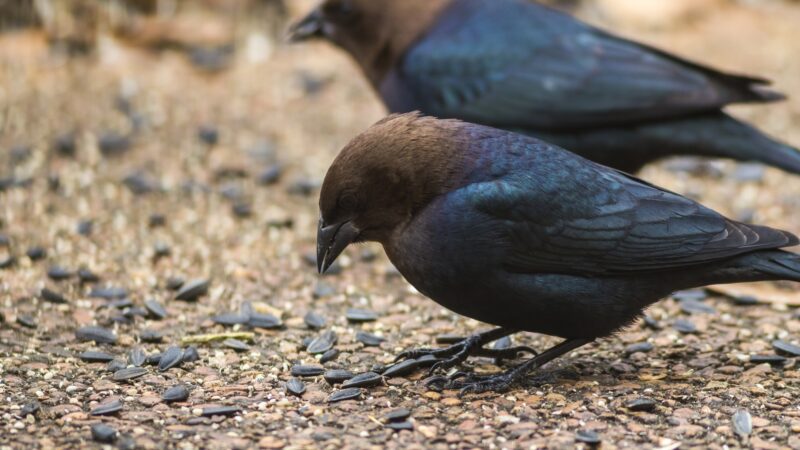
Cowbirds are opportunistic and herbivorous feeders consuming mainly plant matter, spiders, and other arthropods such as leafhoppers, grasshoppers, and beetles. They usually forage near animal herds due to the abundance of insects.
Additionally, females like to eat mollusk shells during the breeding season since it helps increase their calcium intake. Both sexes have winter diets that largely consist of grains.
Cowbirds feed on insects, seeds, and grain. They are opportunistic feeders and will eat a variety of foods, depending on what is available. They forage on the ground, picking up insects and seeds, and will also glean insects from foliage.
Nesting Behavior
Cowbirds are brood parasites, which means the adult female lays eggs in other birds’ nests, either of the same or other species. Once they have laid a clutch, they abandon their young and let the original nest owners take care of them like foster parents.
Breeding season for cowbirds depends on their hosts which may begin as early as mid-April to as late as early August. They unfortunately do not build nests of their own, taking full advantage of their hosts.
Eggs
Brown-headed cowbirds are able to lay up to 77 brown or gray-spotted white or gray eggs. These birds have developed the ability to lay eggs in just an average of 41 seconds, which is so much faster compared to the 21 to 103 minutes in other passerine birds.
Cowbird eggs hatch within 10 to 12 days, which is usually early compared to the host’s eggs. This allows the cowbird hatchlings to be more competitive when it comes to food against the host’s young.
Are Cowbirds Protected by Law?
Yes, specifically by the Migratory Bird Treaty Act which forbids the taking, capturing, or killing of any migratory birds, including their parts, nests, or eggs, unless granted a permit by the U.S. Fish and Wildlife Service.
Are Cowbirds a Nuisance?
Yes, many bird enthusiasts, watchers, and conservationists consider them a nuisance due to their role as brood parasites. This is because they contribute significantly to the decline of other bird species. In fact, this includes endangered species such as the Black-capped Vireo and Kirtland’s Warbler.
Moreover, cowbirds may also display aggressive behavior against other species when feeding in bird feeders.
Related: How to Get Rid of House Finches | Essential Tips & Tricks
Why Are There So Many Cowbirds?
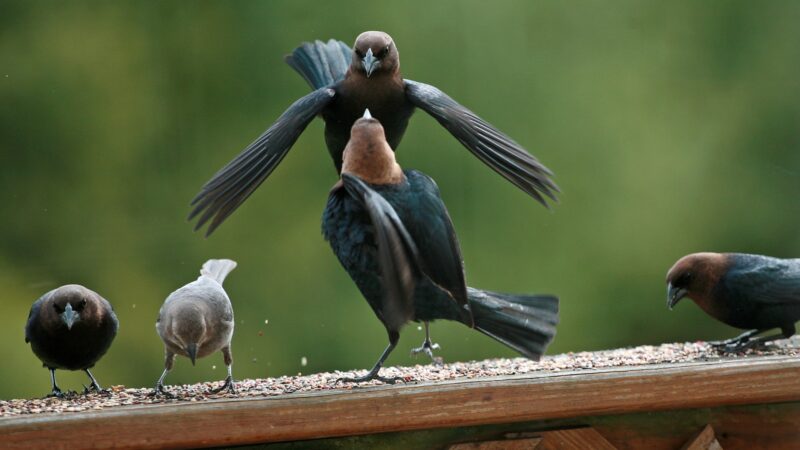
The increase in cowbird populations may be attributed to the fact that there is an increased food availability in their breeding range as well as success in reproduction due to the introduction of new, vulnerable host bird species.
It can also be because of the decrease in natural habitats brought about by human activities, which prompts cowbirds to move towards urban, suburban, and agricultural areas to forage for food.
How to Get Rid of Cowbirds?
Getting rid of cowbirds and preventing them from your property can be successfully done using the following methods:
How Do You Get Rid of Cowbirds in Your Yard?
- Remove vegetation that the birds may use as nests such as low trees, bushes, and shrubs since they like to lay eggs in these places. Once removed, your yard will look less alluring to them.
- Use scare tactics to deter cowbirds. Place fake owls, hawks, or other birds of prey in your yard. Cowbirds are intimidated by these birds and will avoid areas where they are present.
- Use visually-frightening bird devices to deter cowbirds. You can choose from an array of fake predator decoys such as hawks, owls, and squirrels. You can even use decoys that look like cowbirds themselves. Make sure to relocate them every now and then.
- Employ auditory deterrents such as ultrasonic sound devices and bird distress call dispersion systems.
- Cover your trees and other desirable plants with netting to prevent the birds from landing and netting on them.
Related: How to Keep Birds From Nesting on Porch? | The Effective Guide
How to Get Rid of Cowbirds at Bird Feeders?
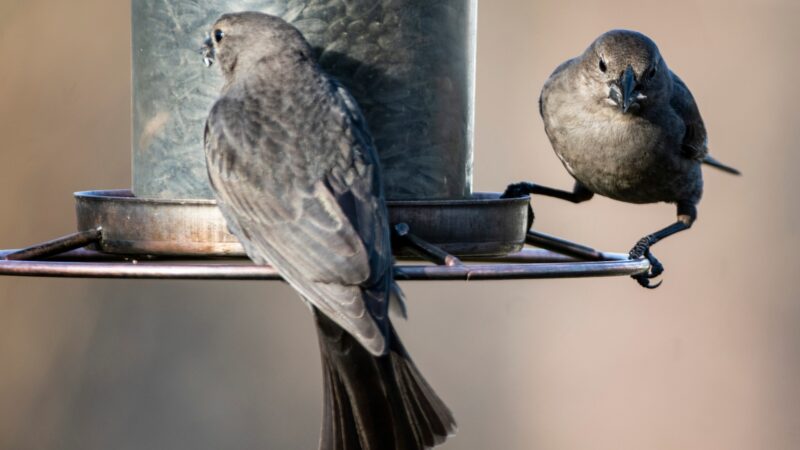
- Utilize a cage-style feeder. This type of feeder has a mesh wrapped around a cage with holes big enough for smaller-sized birds to come inside but it is too small for other larger-sized birds, such as cowbirds, to get through. This way, cowbirds will have little to no access to food.
- Put a squirrel-proof feeder in place. Anti-squirrel feeders use the same mechanism as cage-style feeders by preventing the entry of squirrels and larger bird species to access the food placed inside.
- Use smaller feeders. Cowbirds like to forage in open spaces. As such, using smaller-sized feeders will reduce the chances of them feeding at your bird feeders.
Related: How to Get Rid of Blackbirds From Bird Feeder? | 8 Effective Ways to Know
How to Get Rid of Cowbird Eggs?
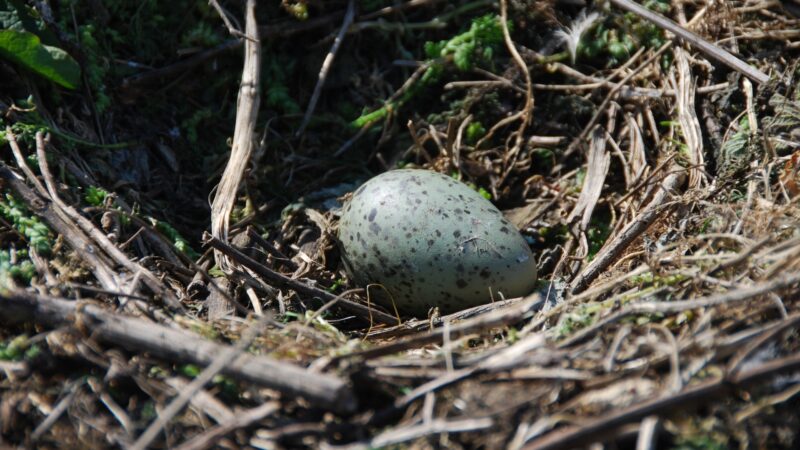
If you come across a cowbird’s egg on a nest in your property, remove it as fast as possible so that it doesn’t hatch. Gently pick it from the nest and place it inside a sealed container or bag. Remember: cowbird eggs are white to gray in color spotted with gray or brown.
This method should be properly employed by homeowners since it prevents the host bird from taking care of the cowbird hatchlings at the expense of their own young.
How to Get Rid of Cowbirds but Keep Other Birds?
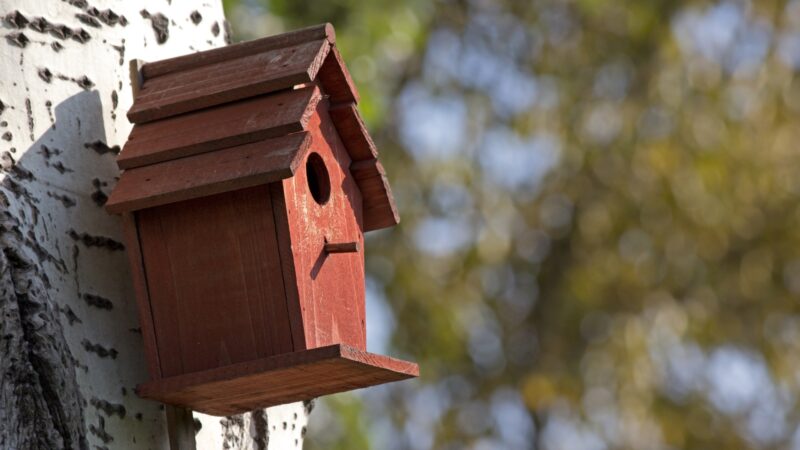
Wanting to get rid of cowbirds on your property but keep other species in place? Don’t worry, here are some methods you can make use of:
- Provide nesting boxes for other bird species. Place separate nesting boxes or sites for other birds. They should be well-protected by covering it with wire mesh or other applicable material to keep cowbirds from nesting on them.
- Use feeders that are designed for smaller birds. Utilize feeders that are big enough for your desired bird species but are otherwise too small for cowbirds to fit in. This way, the cowbirds will find it difficult to enter it and consume the food inside.
- Use a mix of feeders. Utilize a variety of feeders. You can mix and match different types of feeders as long as they attract your desired bird species to your yards and not cowbirds. Always consider the size and dimensions of the feeders when selecting the appropriate kind.
Related: How to Prevent Birds Nesting in Roof? | Information and Control Guide
Key Takeaways
Cowbirds are notorious brood parasites and should be dealt with as quickly as possible or else they will risk the lives of the young of many other bird species.
Using the techniques above can definitely help you, but you must always remember to exercise caution and get rid of cowbirds using humane ways as they are protected by federal law.
List of Sources
All About Birds. (n.d.). Brown-headed Cowbird.
Byerley, B. (n.d.). Molothrus ater: brown-headed cowbird.
Cornell Lab of Ornithology. (n.d.). Brown-headed Cowbird Overview. All About Birds.
National Audubon Society. (n.d.). Brown-headed Cowbird. Audubon Field Guide.
Texas A&M University. (n.d.). Trapping Brown-headed Cowbirds to Control Songbird Nest Parasitism.
U.S. Fish and Wildlife Service. (2021). Migratory Bird Treaty Act.
- How to Get Rid of Turtles | Proven Long-Term Solutions! - August 26, 2023
- How to Get Rid of Kingsnakes | Easy & Humane! - August 26, 2023
- How to Get Rid of Northern Water Snakes | Best Solutions and Preventative Measures! - August 19, 2023
